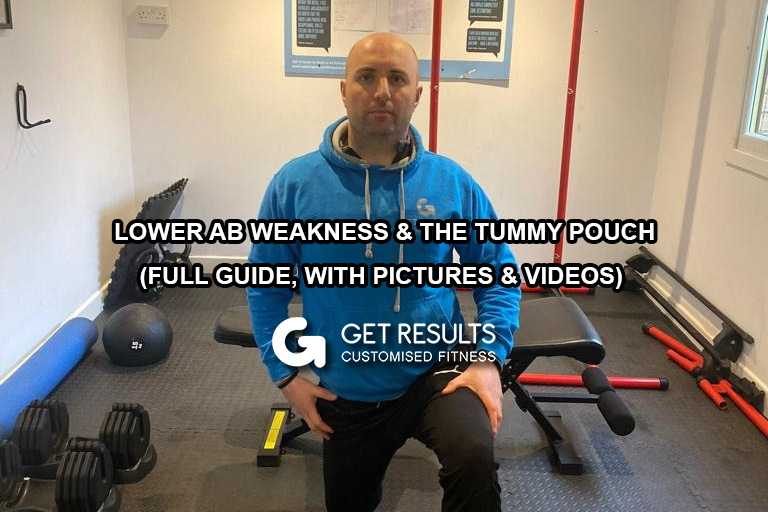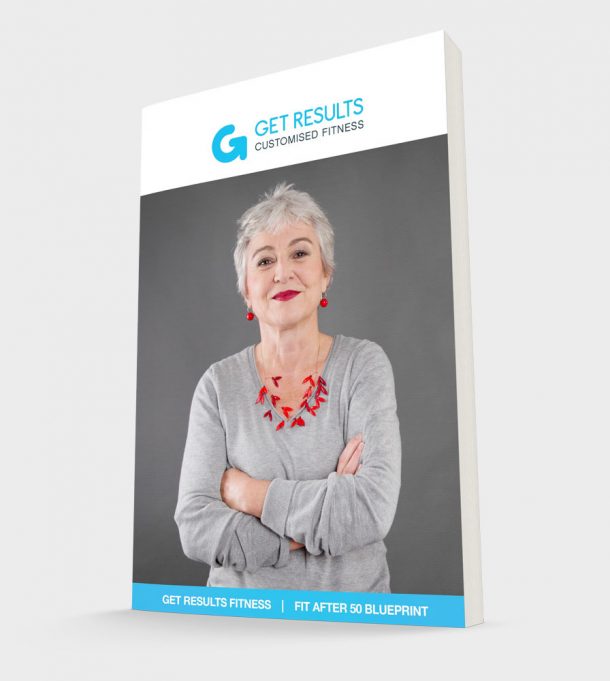Over the past few weeks we have had two clients who have annoyed their lower back in pilates classes and another couple of people have asked us how to get rid of the little pouch they have at the lower part of their stomach.
They are looking to flatten their tummies as they are going on a beach holiday this spring and will be wearing a swimming costumes for the first time in a few years.
Well, believe it or not the answer to both of these questions is most likely going to be the same. Both problems are caused by weak lower abdominal muscles. The people injuring their back in pilates are probably doing exercises that are too challenging for their current strength levels and are therefore recruiting their hip flexors, which in turn is pulling on their lower back (don’t worry, I will explain this as we go on). Those with the troublesome lower abdominal pouch have insufficient muscle tone which causes the pelvis to shift and the tummy to stick out.
If you would rather watch what I mean, check out this short video. It will explain what is going on and what you can do to fix it:
To address this issue we need to first go through a quick anatomy overview…
A big player in this problem is a muscle called the psoas muscle (one of the hip flexors). This muscle connects on the front of your thigh bone and pelvis and runs into the lower back on the opposite side. The psoas job is to flex your hip (if you think about standing and lifting your knee up that is an example of your hip flexor in action).
So when we walk, run, cycle or play sports we use our hip flexors, also when we sit our hip flexors are in a shortened position. So if you are sporty or spend a lot of time in a seated position (or both), chances are you might have tight hip flexors.
When your hip flexors get tight it tips your pelvis down and forward (anterior tilt), and in response to this you lose muscle tone in the lower abdominal (as well as the glutes, but that’s for another blog!).
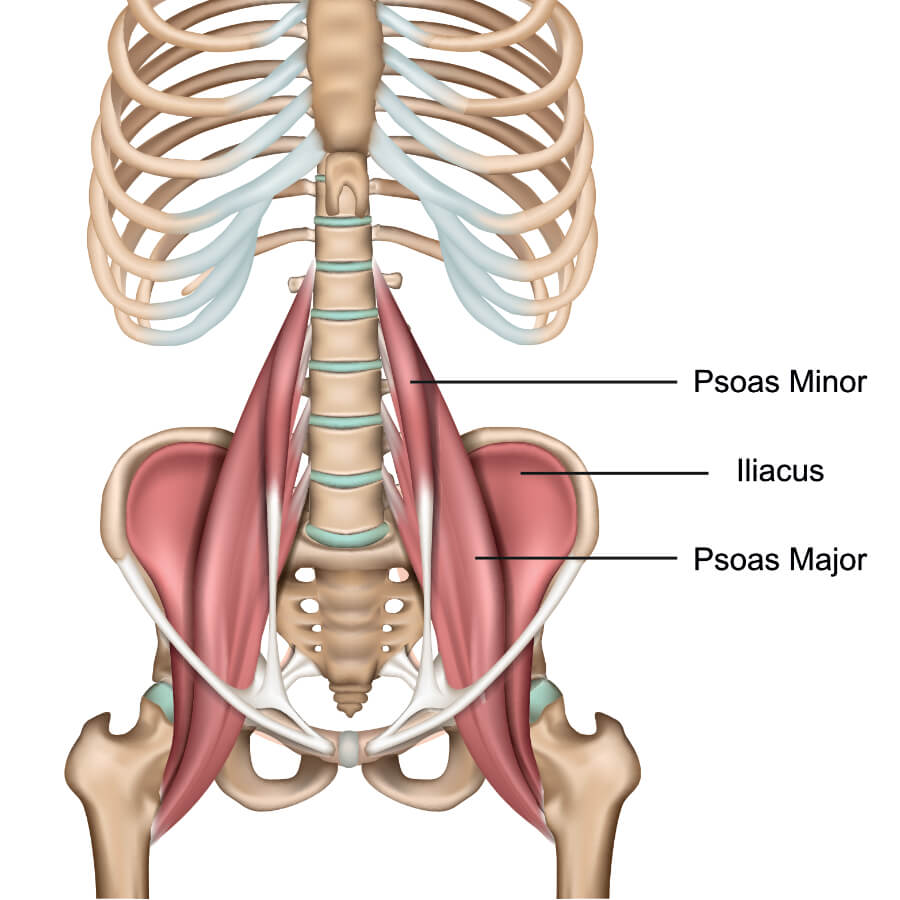
Tight Hip Flexors
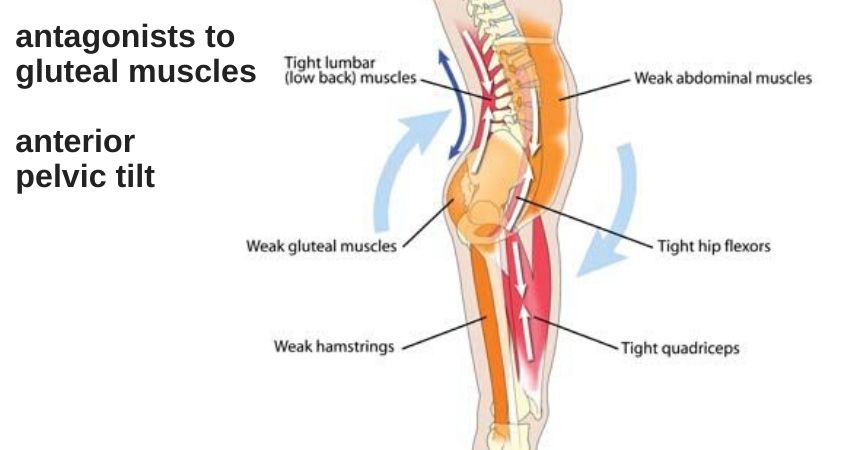
Before you start looking at exercises to strengthen your lower abs, you might need to first look at exercises to loosen the hip flexors and strengthen the glutes. Two of the best exercises to do this are shown below.
Hip Flexor stretch on a bench (if you find this stretch too intense, don’t raise your back foot onto a bench – just do the stretch on the floor).
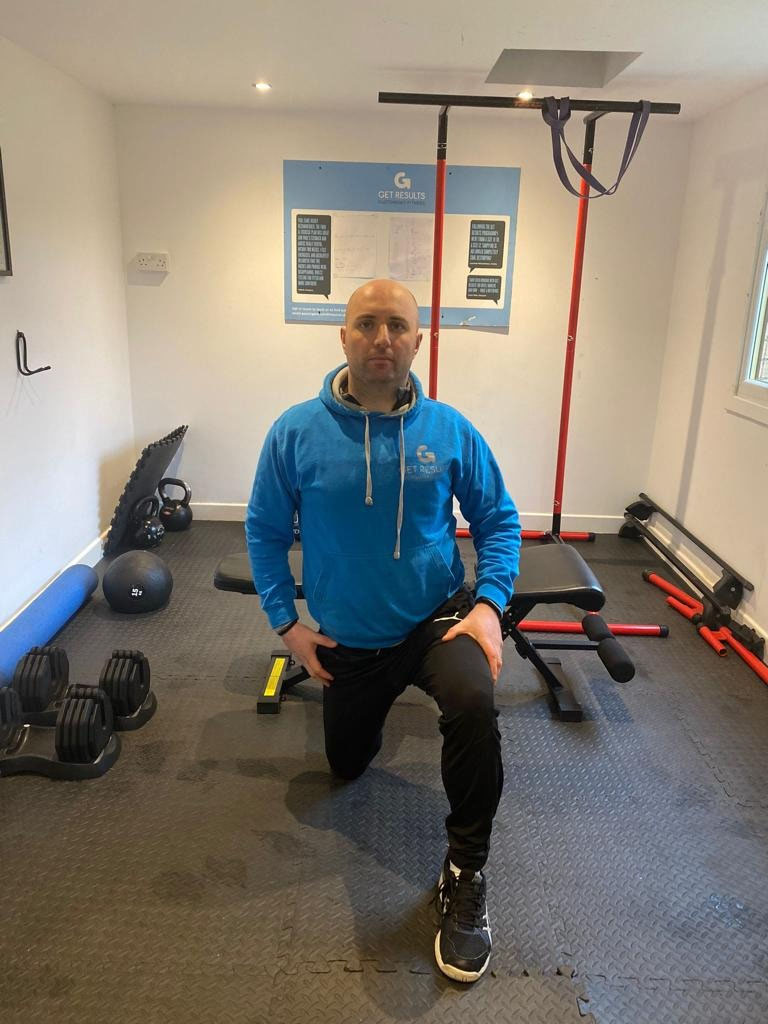
Bridge. Aim to hold this for two minutes (if you feel your lower back at all, stop the exercise straight away).

After you have stretched the hip flexors and fired up the glutes you can then look to restore strength in the lower abdominals.
When it comes to training the lower abdominals I believe this is an area of training that is badly misunderstood and often poorly coached by trainers. It is important that you understand pelvis positioning. To do this we use a technique used in pilates known as finding neutral. To achieve neutral spine when lying on your back, start to rock your pelvis back and forward.
When you tilt your pelvis forward (anterior tilt) a gap should appear between your lower back and the floor. When you pull your pelvis back and up (posterior tilt) your back should flatten onto the floor. In pilates, the neutral spine position is when you find the midway point between the two tilts and then gently draw your core muscles on.
This is the position your spine should be in when performing any lower abdominal exercises. If you lose neutral spin or can’t control that position you should either cease the exercise or find an easier version of it.
These are the mistakes we see people making when it comes to lower abdominal exercises
1. Trying to flatten the back onto floor
Many people have been taught or believe that their aim when training abdominals is to flatten their lower back against the floor. This is not the idea of abdominal exercises as to do this you are forcing the lower back into an unnatural position which can sometimes place undue stress on the lower back.
2. Doing too big a movement
Doing lower abdominal exercises with straight legs is a very advanced exercise. The long lever plus the weight off both your legs can make keeping the spine in neutral position very difficult. If you do an exercise that is outside your lower abdominal muscle capabilities, chances are you will recruit your hip flexors and potentially annoy your lower back.
3. Working beyond failure
If you work past the point of fatigue with your lower abdominal exercises your body will again likely recruit the hip flexors to help with the load. And this is the opposite of what we are trying to achieve.
Where to start with lower Abdominal Training
When starting working with a client we assess to see which level of lower abdominal exercises we should start with. Then, as they become successful at each level we look to move them onto the next level.
Level 1: Pelvic rocks (as described above)
For someone with really weak lower abdominal muscles pelvic rocks can be a great way to re awaken lower abs.
Level 2: Heel glides
Find Neutral. Lift one foot off the floor and straighten your leg out. Return to start and repeat on other leg.
Level 3: Table top
Hold position as shown in image below. Aim for 30-45 seconds.
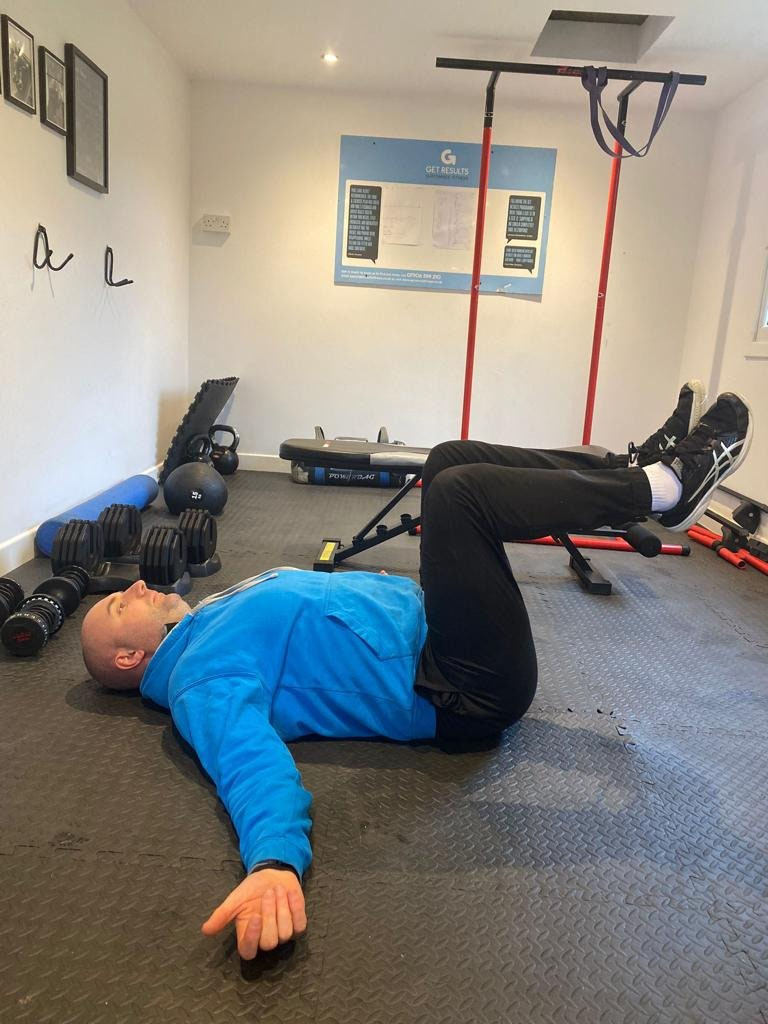
Level 4: Single leg heel taps
Start the table top position (see image above). The lower one heel towards the ground. Take it as far as you can before you lose neutral spine. Then pull your knee back in towards you. Then repeat on the other side
Level 5: Double Heel taps
Same as single legs(the more you lengthen your legs the more challenging the exercise becomes).
I hope this has helped clear up the mystery of how to get rid of the lower abdominal pouch and how to exercise lower abdominals without annoying your lower back.
Let me know how you get on with this and if you have any questions or feedback please get in touch.
Paul
Are you interested in one to one coaching, or our online training? You can book a phone call with Scotland’s Personal Trainer Of The Year finalist, Paul using the form below:
Products
Below are a list of products we recommend that will assist your training.
All of the products are used by us, so you can be sure they are of good quality.
If you buy using these links we will recieve a small commission at no extra cost to you. This is an easy way for you to help support our online platform.

